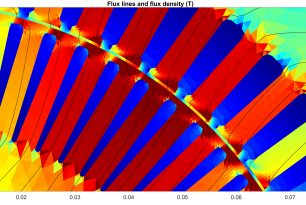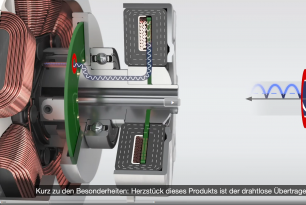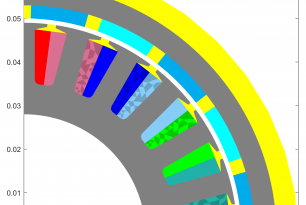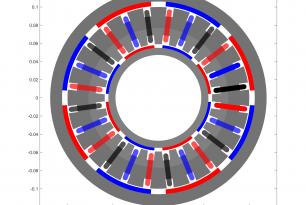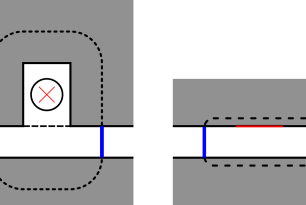The split ratio, defined as the rotor OD divided by the the stator OD, is one of the key dimensions defining the performance of an inrunner electrical machine. For a (relatively) fixed OD and stack length, it’s probably the most…
Finding the operating point of a motor
Finding the operating point of an electric motor is no longer as simple as it used to be. I mean, in the past, or in the textbooks and course slides we often see during our studies, it was simple. Just…
Axial versus Radial Flux – First Principles
Tesla’s ‘Carbon-Wrapped’ Motor
Mahle Magnet-Free Motor – First Impressions
Computing Back-EMFs with space vectors
Computing Flux Linkages in 2D
How to compute flux linkages of a coil, using the results of 2D finite element analysis. Nice to know information, with occasional professional uses.

